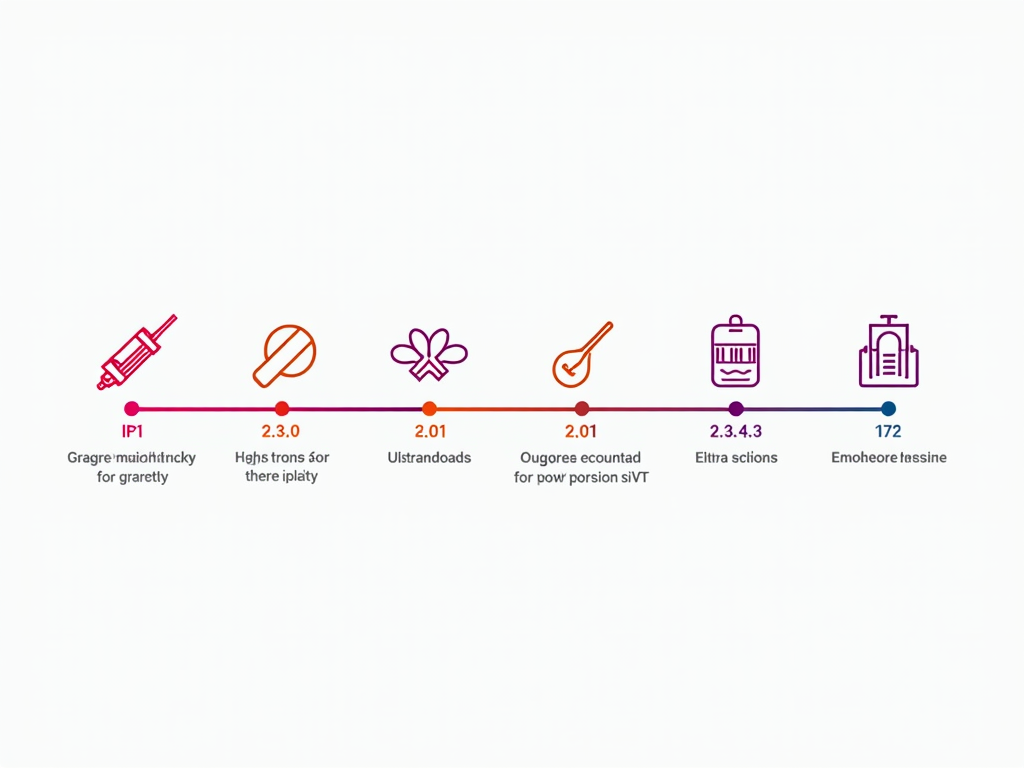Preparing for Your IVF Cycle: A Comprehensive Guide with Visualization Techniques
April 29, 2025, 3:05 p.m.
Overview
Starting an IVF cycle can feel like stepping into the unknown. Whether it’s your first time or you’re trying again, Preparing for Your IVF Cycle is about getting ready—body, mind, and spirit. This guide walks you through every step, from understanding the process to finding calm amid the storm. You’ll even discover how tools like the HiDream Image Generator can brighten your journey.

Understanding the IVF Process: A Step-by-Step Guide
IVF, or in vitro fertilization, is a series of steps to help you conceive. It’s not one big event—it’s a process that unfolds over weeks. Here’s what happens:
- Ovarian Stimulation: You’ll start with fertility drugs to help your ovaries make more eggs. This usually lasts 8-14 days.
- Monitoring: Doctors use ultrasounds and blood tests to check how your eggs are growing.
- Egg Retrieval: When the eggs are ready, a quick procedure collects them. It’s done under light sedation, so you won’t feel much.
- Fertilization: In a lab, your eggs meet sperm to create embryos.
- Embryo Transfer: A few days later, one or two embryos are placed in your uterus. It’s simple and painless.
- Waiting: After about 10-14 days, a pregnancy test shows if it worked.
Knowing these steps can make the process less scary. Each phase has its purpose, bringing you closer to your goal.

Fertility Drugs and Their Role
Fertility drugs are key to IVF success. Most are gonadotropins—hormones that wake up your ovaries. Here are the main types of gonadotropins in fertility treatments:
- FSH (Follicle-Stimulating Hormone): Gets your follicles (egg sacs) growing.
- LH (Luteinizing Hormone): Helps eggs mature alongside FSH.
- hCG (Human Chorionic Gonadotropin): Gives eggs the final push before retrieval.
You’ll likely give yourself shots at home. It’s easier than it sounds—tiny needles and clear instructions make it doable. Side effects like bloating or tiredness can happen, but they’re usually mild. For a deeper dive, check out the American Society for Reproductive Medicine’s guide on gonadotropins.
Physical Preparation for IVF
Your body needs to be in good shape for IVF. Small changes can make a big difference:
- Eat Well: Focus on whole foods—think veggies, fruits, nuts, and fish. A Mediterranean diet might boost fertility.
- Move a Little: Walking or yoga keeps you fit without overdoing it. Skip heavy lifting or marathons.
- Cut the Bad Stuff: Drop smoking, limit coffee to one cup, and skip alcohol.
- Rest Up: Sleep 7-8 hours to help your hormones stay balanced.
Doctors often say a healthy body supports healthy eggs. Start these habits a few months before your cycle if you can.

Emotional Preparation: Navigating the IVF Journey
IVF isn’t just physical—it’s an emotional ride. One day you’re hopeful, the next you’re worried. That’s normal. Here’s how to handle it:
- Talk to Someone: Friends, family, or a support group can lift you up. Resolve has online communities for people just like you.
- Breathe Easy: Try five minutes of deep breathing when stress hits. It works.
- Be Kind to Yourself: If you’re upset after a tough appointment, that’s okay. Let yourself feel it.
I’ve heard from others that the two-week wait after embryo transfer feels endless. Keeping busy with a hobby or a good book can help pass the time.

The Power of Visualization in IVF Preparation
Ever tried picturing something to make it feel real? Visualization can ease your mind during IVF. Imagine holding your baby or seeing the embryo transfer go perfectly. It’s not magic—it’s a way to stay positive. Studies, like one from the Journal of Psychosomatic Obstetrics & Gynecology, show it can lower stress. Pair this with a quiet moment each day, and you might feel stronger going into each step.
Using the HiDream Image Generator for Supportive Visuals
Want to take visualization further? The HiDream Image Generator lets you create pictures that match your dreams. Type in what you want—like a cozy nursery or a growing flower—and it makes it for you. These images can sit on your desk or phone, reminding you why you’re doing this. Some people even build vision boards with them. It’s a small, fun way to keep hope alive during IVF.

Tips from the Trenches
Here’s what I’ve learned from others who’ve been through IVF:
- Track Everything: Write down meds and appointments. It keeps chaos at bay.
- Celebrate Small Wins: Finished your shots? Treat yourself to ice cream.
- Lean on Your Team: Your partner or a friend can be your rock. Tell them what you need.
One woman shared that she felt lost until she started journaling. It turned her worries into something she could handle. Little tricks like these add up.

Conclusion
Preparing for Your IVF Cycle is about more than doctor visits. It’s tuning up your body, steadying your heart, and picturing what’s ahead. Fertility drugs like gonadotropins kick things off, but your strength carries you through. Tools like the HiDream Image Generator can add a spark of joy to the process. You’ve got this—every step is a move toward your dream.